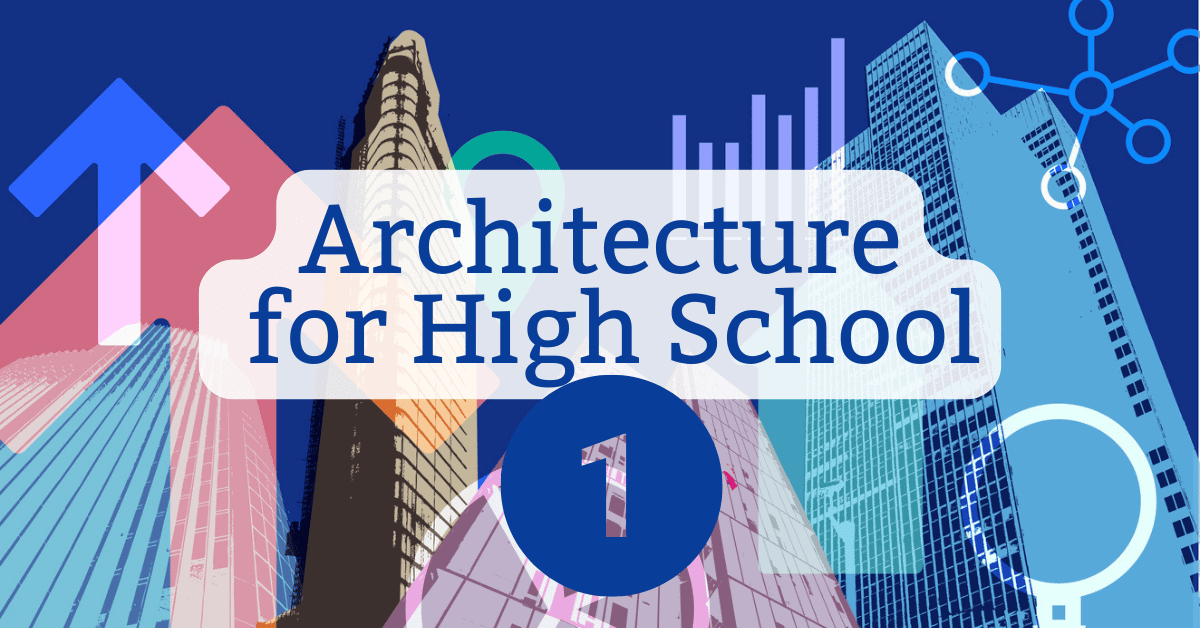Course Description
This course introduces students to the fundamentals of architecture and also helps them learn to use software to create architectural drawings and renderings. Students will learn about space and form, structural integrity and safety, responsible use of materials, and other issues. They will also study education and career paths related to architecture.
Throughout the year, students will create physical and digital models. They will work on one large project each semester, with small tasks building up to the final project each semester. They will learn to identify and meet needs and will learn to document their process and their finished product.
- pencils
- pens
- paper
- scissors
- tape
- cardboard
- Styrofoam
Students will have the flexibility to choose which materials they want to use when building models, so the materials listed here are for guidance, not specific requirements.
Course Structure
Each semester will build toward a different final project. During the first semester, students will learn about space and form, will experiment with physical modeling, will learn about documentation and representation (i.e., creating architectural drawings), and will learn to evaluate the program for a proposed structure. They will learn to use a variety of software programs and other tools to carry out their work. During the second semester, they will learn about materials (wood, concrete, etc.), structural integrity, safety, sustainability, and systems (HVAC, plumbing, etc.).
Who should enroll?
High school students with an interest in architecture should enroll. Although this is designed as an introductory course, students with some previous experience are also welcome. Previous or concurrent design experience (i.e., Graphic Design) is beneficial but not necessary.
Technology Requirements
- High speed, broadband Internet
- Headset and microphone (for live sessions)
- Streaming video capabilities to watch recorded lectures
- 64-bit Windows 10 or 11(or a comparable iOS)
- 8 GB RAM
- 2.5 GHz or higher processor
- A mouse (i.e., a mouse that can be held in the hand, not a trackpad mouse)
- The primary architecture software for this class is Revit (which students will have free access to through the course). However, Revit is only designed to work on a Windows-based computer, not on an Apple computer. Please contact Mr. Nance prior to enrolling your student if he or she will only have access to an Apple computer. There are options for students in this situation, but this needs to be discussed prior to enrollment.
Evaluation and Feedback
This class is designed to help students grow and explore. Students will regularly be asked to explain not only their products but also the thought process behind them. They will be encouraged to consider modifications and alternatives, and will frequently revise what has already been done. This iterative process is typical in architecture, and should be viewed as a learning experience and opportunity for growth. Feedback will be encouraging and uplifting, but students must realize that there will always be room for improvement in the work that they do.
Communication





Reviews
There are no reviews yet.